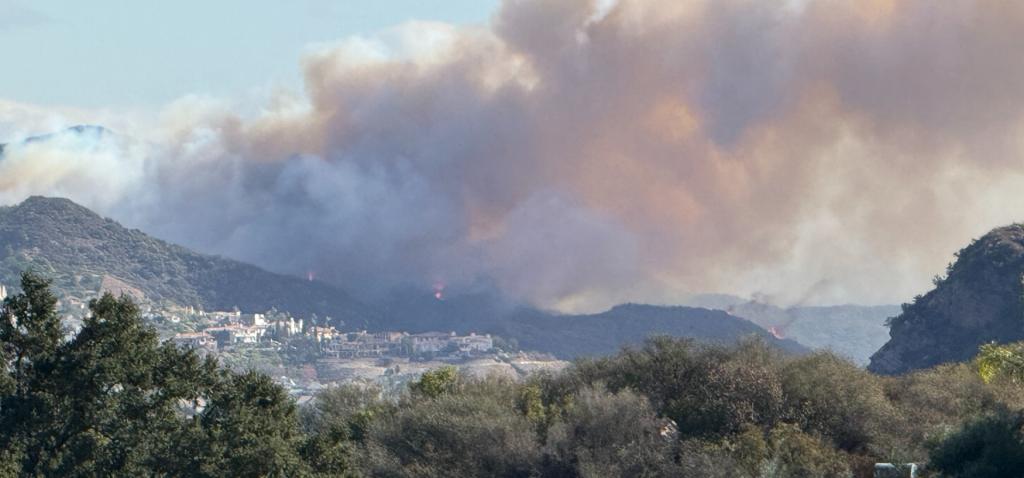
Southern California Fires Timeline Report Released
UL Research Institutes’ Fire Safety Research Institute released the Southern California Fires Timeline Report, the first of two reports in an independent analysis. These reports were commissioned by the Office of the Governor of California after the devastating fires that caused significant destruction to Southern California between January 7 and 31, 2025. During this time, the Southern California region, including large portions of Los Angeles County and the southern area of Ventura County, experienced rapidly evolving wildfires and two (2) major conflagrations fueled by extreme winds, low relative humidity, and drought-stricken vegetation. These fires led to 32 confirmed fatalities as of September 29, 2025, widespread destruction, and large-scale community impacts.
ULRI conducted an extensive data collection effort to establish a timeline and fact base around these fires. Information was collected from a multitude of sources, including on-the-ground damage assessments, images (still images or videos), weather reports, radio communication recordings, radio transcripts, dispatch records, resource requests, resource location data, conversations with residents, and technical discussions with individuals from many involved organizations and agencies. High-confidence data points were compiled into a mapping application to create a time-lapse of the fire’s presence for the Palisades and Eaton Fires. Videos of these maps, as well as a spreadsheet with the available timestamped data, have been compiled for viewing.
This Phase One report provides background information on the systems and organizations involved in wildfire prevention, preparedness, and response, followed by a detailed and evidence-based timeline of the Palisades and Eaton Fires’ progression and actions taken by emergency response agencies. The timeline begins just prior to the start of the Palisades Fire on January 7, 2025, at 10:30 a.m. PST and ends when fire progression through the built environment lessened and when sufficient resources were available to address the existing threat for both fires on the morning of January 8, 2025. This report focuses on the fires in Palisades and Eaton and summarizes 10 additional fires that occurred in Southern California during this timeframe.
The Phase One report does not include an analysis of recovery efforts or the fires’ cause and origin investigations, which are being conducted by the jurisdictional fire departments with assistance from federal and state agencies and private contractors.
“Our report represents a critical first step in understanding how the Southern California fires last January progressed — and how agencies responded during this unprecedented event. Documenting these preparedness measures and response activities across 12 simultaneous fires is essential for strengthening our defenses against wildfires that interface with the built environment.”
—Steve Kerber
Vice President and Executive Director
UL Research Institutes | Fire Safety Research Institute
The report will serve as the foundation for Phase Two, the Southern California Fires Incident Analysis Report. The analysis in the second report will look to understand pre-existing conditions in the fire areas, the influence of the built environment on fire behavior, first responders’ actions, and emergency response agencies’ capabilities for addressing urban conflagrations. The second report will also include detailed recommendations to improve emergency preparedness and response and will be available for implementation by the State of California, local officials, and communities.
The reports are released in two phases to ensure the public is given information as soon as possible.
Access the Timestamped Data Spreadsheet
Press inquiries can contact @email.

